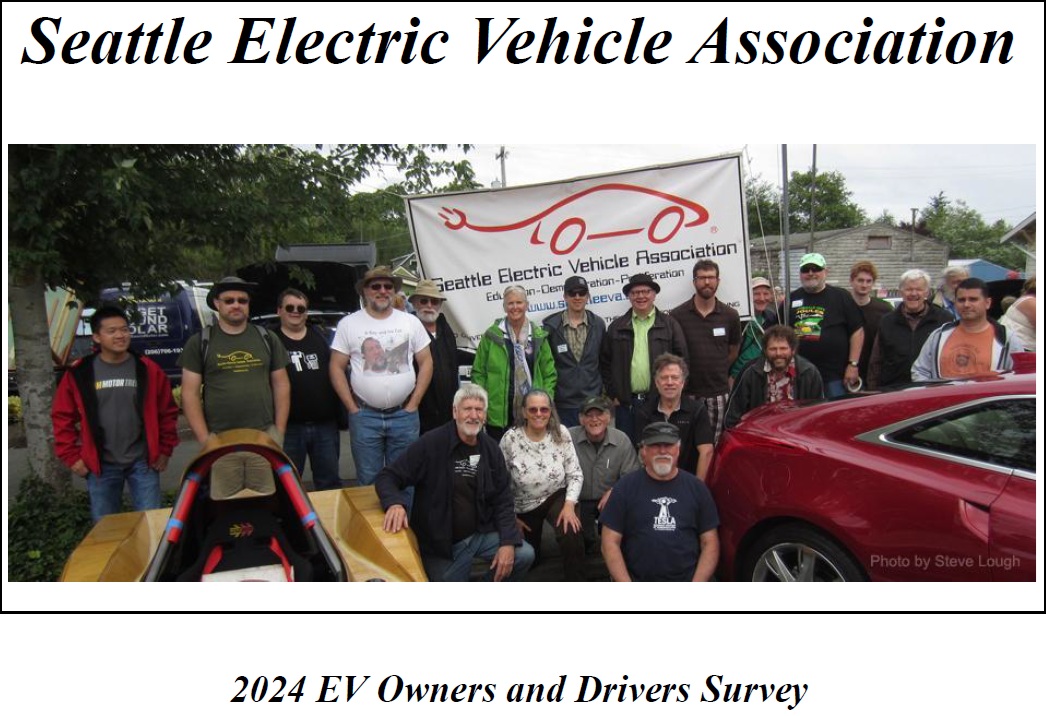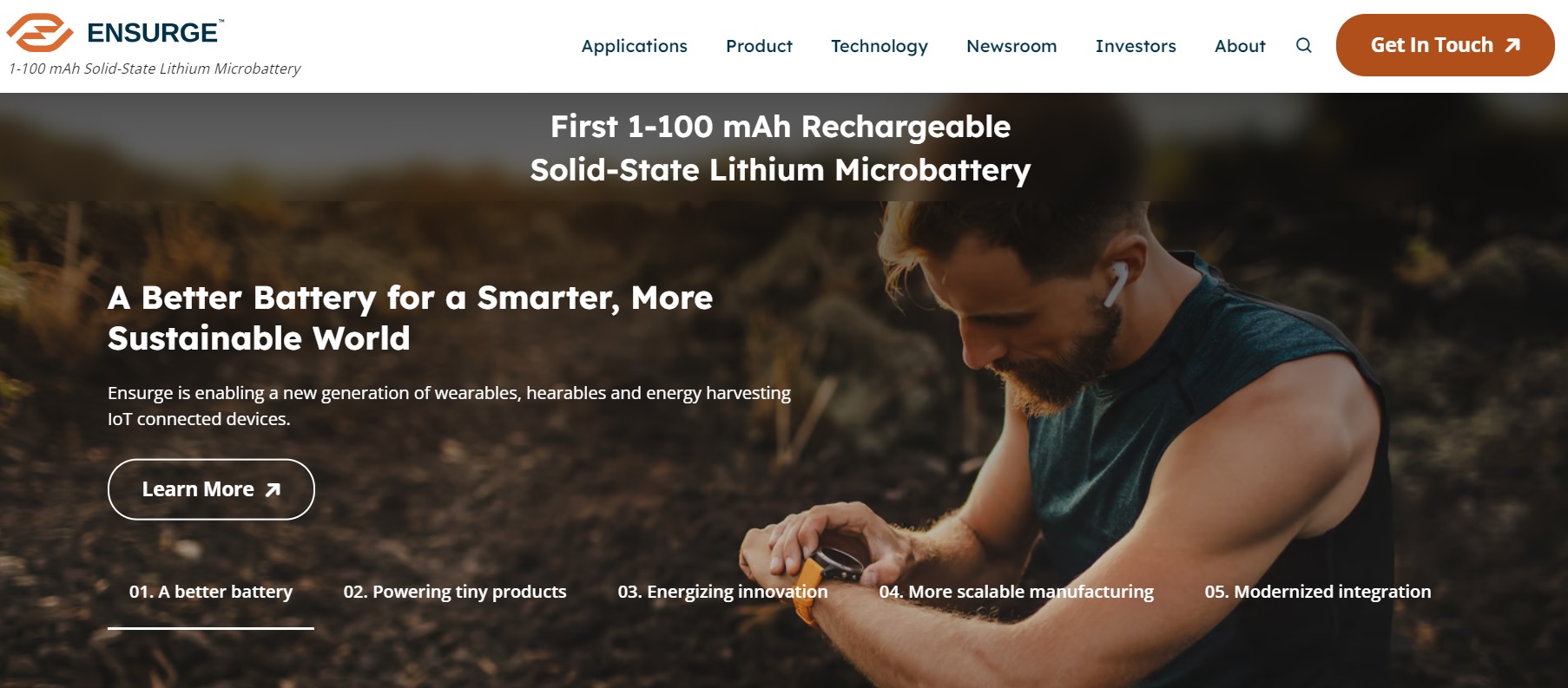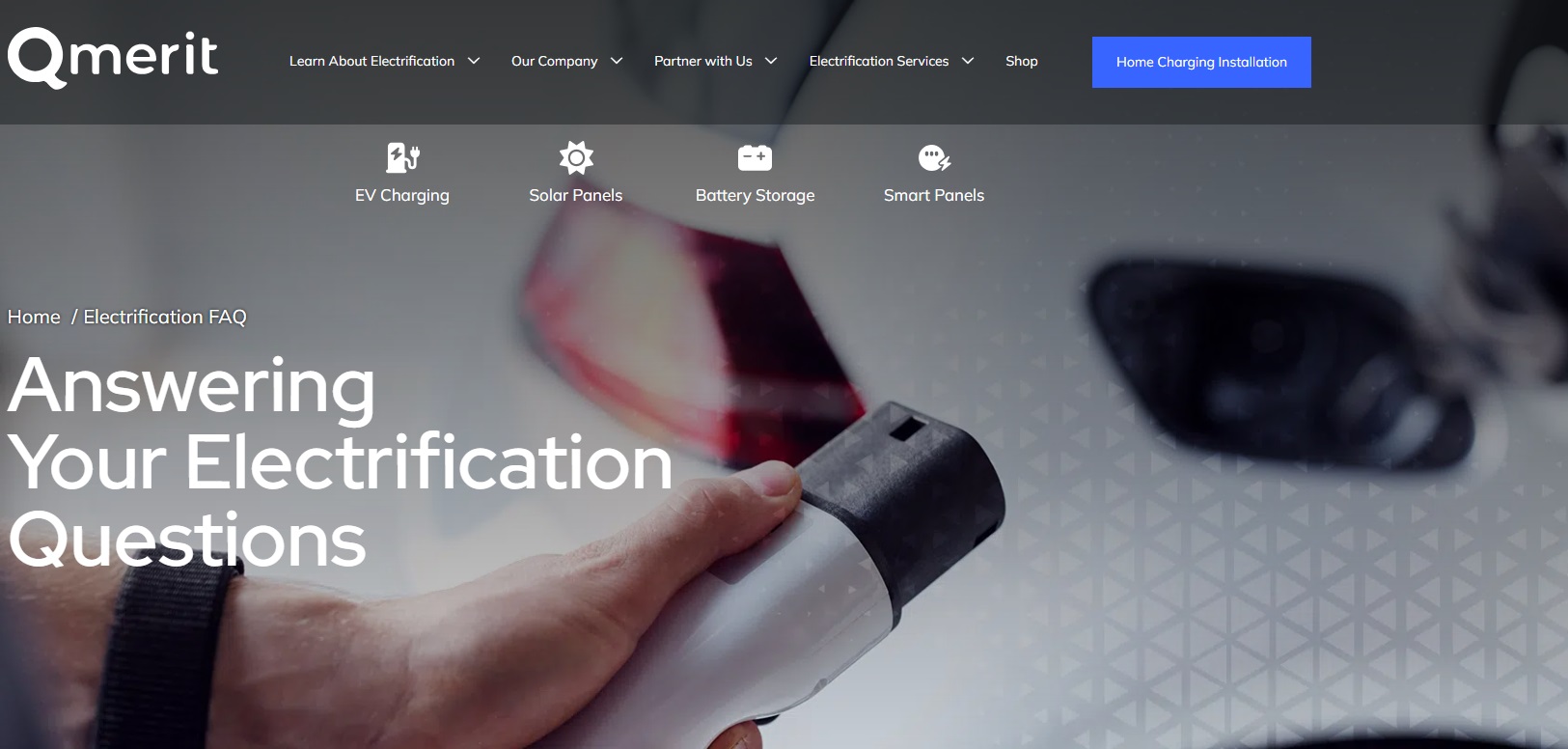AI Glossary
Any new topic comes with new language, and AI is no different. I've put together an AI glossary to help you on your learning path, so that you can more easily make sense of the news articles, industry updates and product descriptions you may come across. If there's a term you've been seeing and I haven't included here, contact me and I'll add it to the list!
AI Glossary List (in Alphabetical Order)
Click on whatever term you're interested in, and the definition will appear below the term.
API
(Application Programming Interface)
API (Application Programming Interface)
A way for software to communicate with AI services like
ChatGPT. Developers use APIs to integrate AI into websites or apps.
Examples:
- Zapier using OpenAI to summarize emails
- Plugins adding AI to WordPress
Learn more: https://platform.openai.com/docs
Artificial Intelligence (AI)
Artificial Intelligence (AI)
AI refers to systems that perform tasks typically requiring
human intelligence, such as recognizing language, making decisions, or
generating content.
Examples:
- ChatGPT writing a blog post
- Image recognition in photo apps
- Virtual assistants like Siri
Learn more: https://library.uhd.edu/c.php?g=1361971&p=10058923
Bias (in AI)
Bias (in AI)
Systematic favoritism or discrimination in AI output due to
biased training data or flawed modeling.
Examples:
- AI showing gender bias in hiring simulations
- Stereotypes in image generation
Learn more:
https://www.brookings.edu/articles/algorithmic-bias-detection-and-mitigation-best-practices-and-policies-to-reduce-consumer-harms/
Chain‑of‑Thought Prompting
Chain‑of‑Thought Prompting
A prompting method where the AI outlines reasoning steps
before the final answer.
Examples:
- Arithmetic problems with step-by-step solutions
Learn more: https://en.wikipedia.org/wiki/Chain-of-thought_prompting
Chatbot
Chatbot
A software tool that mimics human conversation using AI,
typically through a messaging interface.
Examples:
- Customer service bots
- AI companions
- ChatGPT
Learn more: https://en.wikipedia.org/wiki/Chatbot
Closed Model
Closed Model
Proprietary AI models where training data and code are not
public.
Examples:
- ChatGPT
- Claude
- Gemini
Learn more: https://www.openai.com/gpt-4
Context Window
Context Window
The range of tokens the model can remember in one session.
Older input may be forgotten once the token limit is reached.
Examples:
- Long documents need summarization to fit within the window
Learn more: https://help.openai.com/en/articles/6825453-chatgpt-data-usage-faq
Deep Learning
Deep Learning
A type of neural network with many layers, enabling complex
pattern recognition from raw data.
Examples:
- Advanced image/video recognition
- Self-driving car systems
Learn more: https://www.ft.com/ai-glossary
Embedding
Embedding
Converting text into numerical vectors that preserve meaning
for use in tasks like search, clustering, or RAG.
Examples:
- Searching a database using vector similarity
- Semantic search engines
Learn more: https://platform.openai.com/docs/guides/embeddings
Explainability
Explainability
The ability to understand and interpret how an AI made a
decision. Crucial for trust and transparency.
Examples:
- Visualizing neural network decisions
- Highlighting evidence for an answer
Learn more: https://en.wikipedia.org/wiki/Explainable_artificial_intelligence
Few-Shot Learning
Few-Shot Learning
Providing a few examples within the prompt to help the model
understand the task before responding.
Examples:
- Providing 2–3 labeled examples of question/answer pairs
Learn more: https://en.wikipedia.org/wiki/Few-shot_learning
Fine‑Tuning
Fine‑Tuning
Adjusting a pre-trained model on task-specific data to
improve performance.
Examples:
- Customizing GPT for financial reports
Learn more: https://en.wikipedia.org/wiki/Fine-tuning_(machine_learning)
Foundation Model
Foundation Model
A massive pre-trained model like GPT or BERT that serves as
the base for multiple downstream tasks.
Examples:
- GPT family
- LLaMA
- Stable Diffusion
Learn more: https://en.wikipedia.org/wiki/Foundation_model
Generative AI
Generative AI
AI that creates new content—text, images, code—based on
training data.
Examples:
- ChatGPT writing stories
- DALL·E generating images
Learn more: https://www.zendesk.com/blog/generative-ai-glossary/
Guardrails
Guardrails
Safety features embedded in AI systems to prevent harmful,
biased, or dangerous output.
Examples:
- Blocking hate speech
- Preventing misinformation
Learn more:
https://www.microsoft.com/en-us/security/blog/2023/06/15/seven-guardrails-to-help-developers-build-safer-generative-ai/
Hallucination (in AI)
Hallucination (in AI)
When an AI generates plausible-sounding but factually
incorrect or nonsensical content. This can occur because the model predicts
text based on patterns rather than verifying facts.
Examples:
- Chatbot fabricating quotes or data
- AI writing fictional citations in research assistance
Learn more:
https://en.wikipedia.org/wiki/Hallucination_(artificial_intelligence)
Inference
Inference
The
process of using a trained model to generate predictions or outputs, like
answering a question or writing text.
Examples:
- ChatGPT replying to your prompt
- Image classifier labeling a photo
Learn more:
https://machinelearningmastery.com/what-is-inference-in-machine-learning/
Large Language Model (LLM)
Large Language Model (LLM)
A deep learning model trained on vast text corpora to
understand and generate human-like language.
Examples:
- ChatGPT
- Google Gemini
- Claude
Learn more: https://en.wikipedia.org/wiki/Large_language_model
Machine Learning (ML)
Machine Learning (ML)
A subset of AI where algorithms learn patterns from data to
make predictions or decisions without explicit programming.
Examples:
- Spam filters
- Movie recommendations
- Fraud detection systems
Learn more: https://pryon.com/glossary/
Multimodal Model
Multimodal Model
An AI model that processes more than one type of data—like
text and images together.
Examples:
- GPT-4 with vision
- Gemini summarizing charts
Learn more: https://openai.com/gpt-4
Natural Language Generation (NLG)
Natural Language Generation (NLG)
Systems that automatically produce human-readable text from
data.
Examples:
- Weather reports
- Code comments
- Image captions
Learn more: https://en.wikipedia.org/wiki/Natural-language_generation
Natural Language Processing (NLP)
Natural Language Processing (NLP)
AI subfield focused on analyzing, interpreting, and
generating human language.
Examples:
- Chatbots
- Translation apps
- Sentiment analysis
Learn more: https://library.mit.edu/ai-glossary
Neural Network
Neural Network
ML model inspired by the human brain, composed of
interconnected nodes (“neurons”) that process data through layers.
Examples:
- Facial recognition
- Voice assistants
- LLMs like GPT
Learn more: https://library.uhd.edu/c.php?g=1361971&p=10058923
Open Source Model
Open Source Model
AI models made publicly available, often with access to
weights and code, enabling customization and transparency.
Examples:
- Mistral
- LLaMA 2
- Stable Diffusion
Learn more: https://huggingface.co/models
Parameter
Parameter
A learned weight within a neural network controlling model
behavior.
Examples:
- GPT-4 has hundreds of billions of parameters
Learn more: https://library.uhd.edu/c.php?g=1361971&p=10058923
Prompt
Prompt
Input text/instruction given to an LLM to guide its output.
Examples:
- “Write a 150‑word summary…”
- “Generate a recipe for vegan lasagna”
Learn more: https://www.axios.com/2023/06/22/artificial-intelligence-glossary
Prompt Engineering
Prompt Engineering
Crafting prompts strategically to get accurate and useful AI
output.
Examples:
- Using “Chain-of-thought”
- Few-shot prompting
Learn more: https://en.wikipedia.org/wiki/Prompt_engineering
Retrieval-Augmented Generation (RAG)
Retrieval-Augmented Generation (RAG)
Combines LLMs with external data sources, allowing the AI to
pull in fresh, factual information at query time.
Examples:
- Chatbot searching a private knowledge base for accurate answers
Learn more: https://en.wikipedia.org/wiki/Retrieval-augmented_generation
Text Completion
Text Completion
The AI predicts and continues text based on the input
prompt.
Examples:
- Typing 'How are you' and the model replies 'doing today?'
Learn more: https://platform.openai.com/docs/guides/gpt
Text-to-Image
Text-to-Image
AI that generates images from text descriptions using
diffusion models or GANs. These systems interpret descriptive input and create
realistic or artistic imagery that matches the description.
Examples:
- DALL·E creating a 'cat playing violin'
- Midjourney visualizing fantasy scenes
- Stable Diffusion generating landscapes
Learn more: https://en.wikipedia.org/wiki/Text-to-image_model
Token
Token
A unit of text (word or subword) processed by models for
input and output.
Examples:
- “Hello” as “Hell” + “o”
Learn more: https://shelf.io/blog/ai-glossary/
Token Limit
Token Limit
The maximum number of tokens (text chunks) an LLM can
process at once—includes both prompt and response. Larger limits allow longer
conversations or documents.
Examples:
- GPT-4 Turbo has 128k token limit
Learn more: https://openai.com/pricing
Training Data
Training Data
The text and other data used to train the AI. It forms the
foundation of what the model knows and how it responds.
Examples:
- Books, websites, public datasets
Learn more: https://openai.com/enterprise-privacy
Transformer
Transformer
A neural network architecture using self-attention
mechanisms, revolutionizing language tasks.
Examples:
- GPT
- BERT
- LLaMA
Learn more: https://docs.nebuly.com/
Vector Database
Vector Database
A database optimized to store and retrieve embeddings for
similarity search.
Examples:
- Pinecone
- Weaviate
- FAISS
Learn more: https://www.pinecone.io/learn/vector-database/
Zero-Shot Learning
Zero-Shot Learning
A model’s ability to perform tasks it wasn't explicitly
trained on, using general understanding from training data.
Examples:
- Summarizing a blog post without training on blog formats
- Translating new language pairs
Learn more: https://en.wikipedia.org/wiki/Zero-shot_learning
|
Shopping Cart |
|
Kathryn Kerby
freelance technical writer

Questions?
Projects?
Ideas?
Testimonials for my AI for Writers Class Series:
Kathryn is very knowledgeable about AI, and kindly answered a few of the questions I’ve had around legal issues in AI-generated content...I originally got in touch after seeing Kathryn’s excellent talk around the use of AI in copywriting projects. Many of her recommendations from that apply equally well to the use of AI in design. - Steve McInerny, Sharp Sharp
I really enjoyed yesterday's workshop with Kathryn Kerby. It was unbelievably comprehensive and packed a lot into an hour. Glenn Sturgess
You were able to create better results with a minimal prompt of less than 70 words and feeding in a URL. Clearly my prompts are outdated. This is a very good reminder to regularly review the effectiveness of old prompts. Anthony Lopez-Vito
My Clients Have Included:









